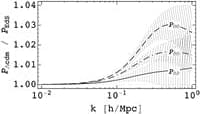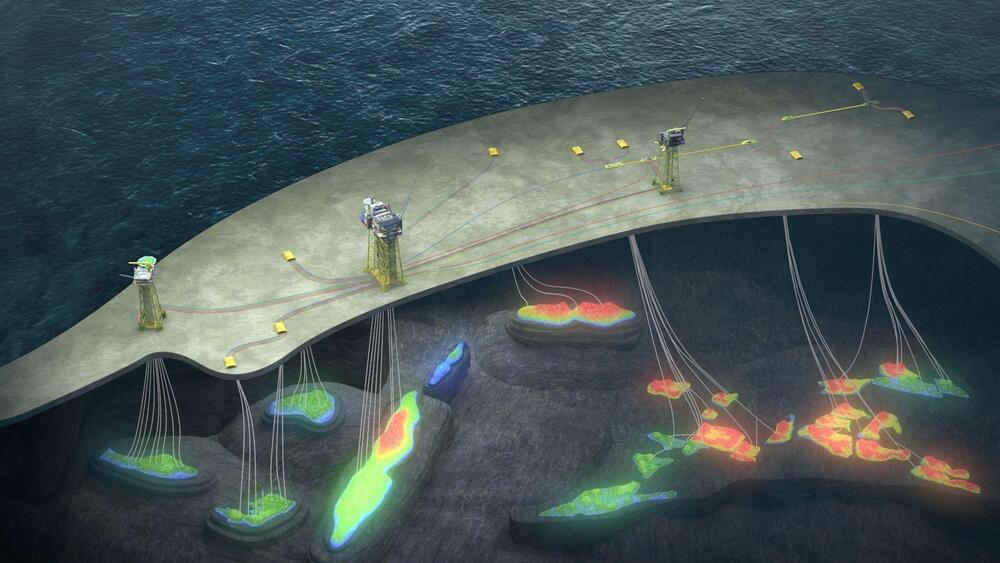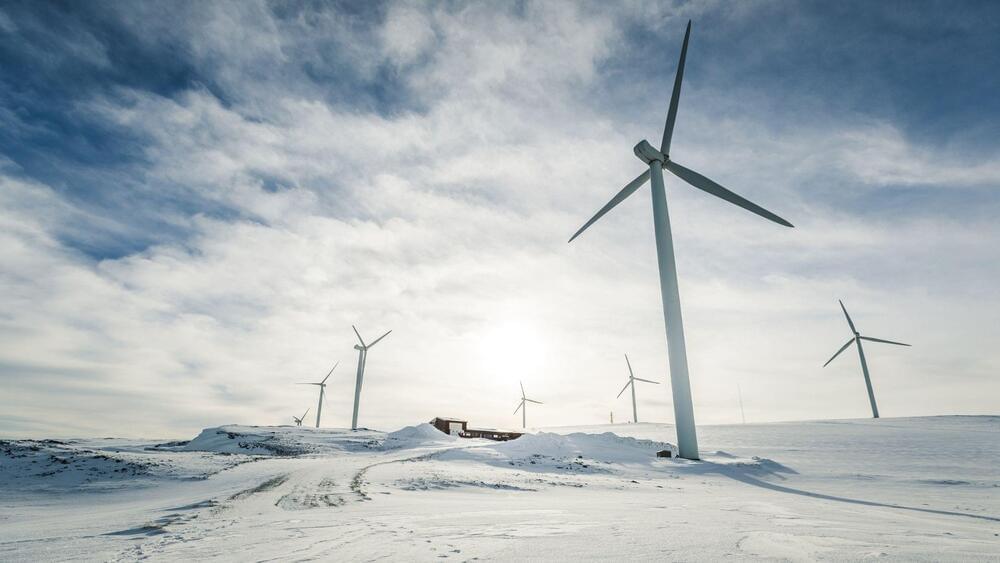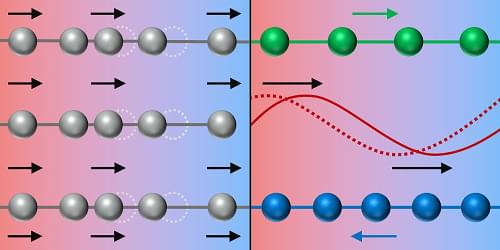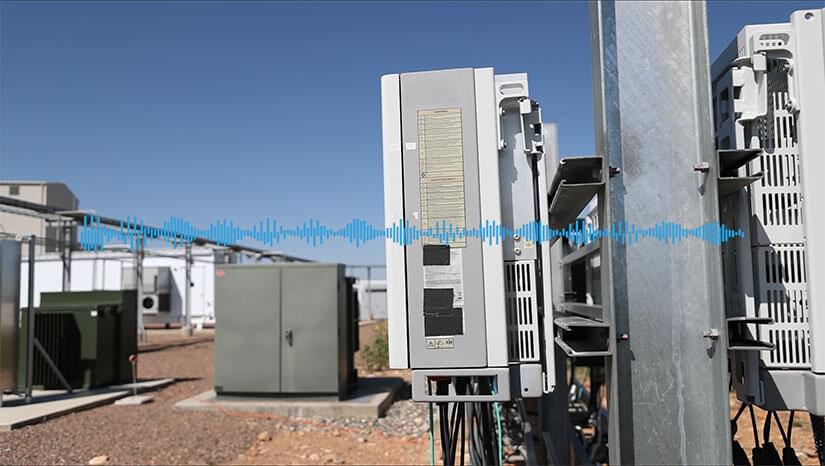Dec 19, 2022
Perturbation theory of large scale structure in the $ LambdaCDM Universe: Exact time evolution and the two-loop power spectrum
Posted by Dan Breeden in categories: energy, space
The large-scale structure (LSS) of the Universe is obviously nonlinear and very complicated. However, the scale of onset of nonlinearity is well separated from the size of the Universe which makes a large portion of the structure formation modes accessible to perturbation theory (PT). The latter is itself complicated by the time dependence of the lambdaCDM background. The authors provide an exact all-order recursive solution for the PT kernels, which allows them to go beyond the Einstein-de Sitter approximation for the time dependence, and quantify the deviation at the two-loop level in the 10% range, a deviation detectible with upcoming observations.
